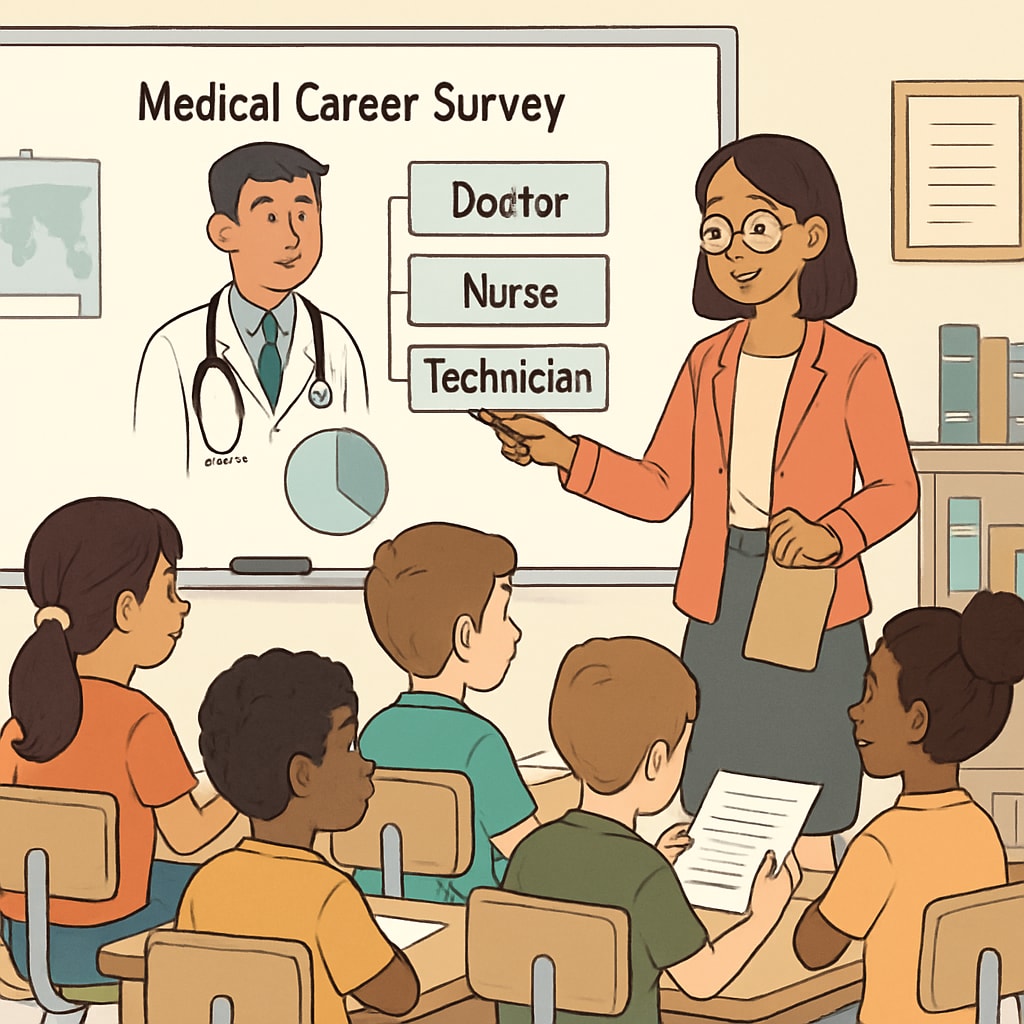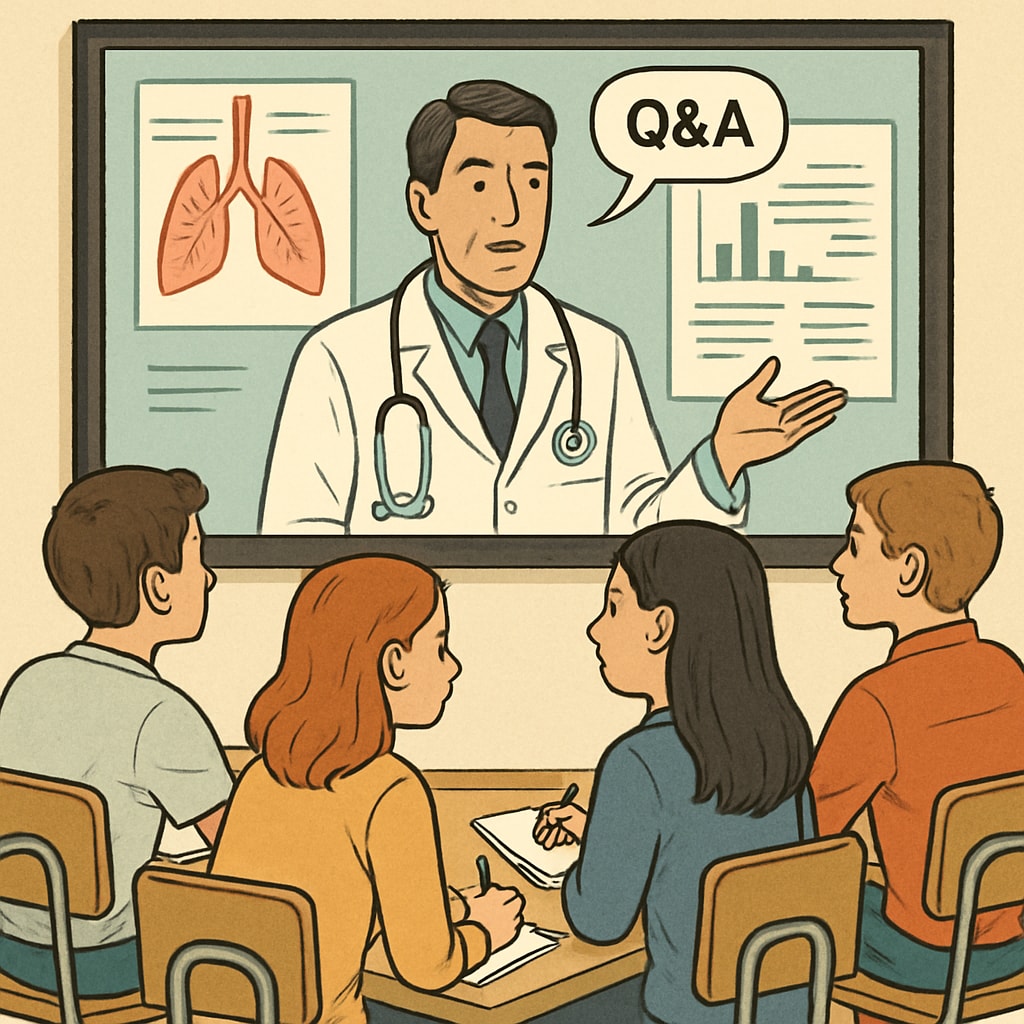Understanding medical professions is crucial for young students interested in healthcare. By implementing tools like career surveys and doctor interviews, educators can provide K12 students with early exposure to the field. These strategies offer valuable insights into the roles and responsibilities within medicine, helping students align their interests with future career paths. In this article, we explore the importance of medical career exploration in K12 education and discuss practical methods to introduce students to this dynamic field.
Why Medical Career Exploration Matters for K12 Students
Early exposure to medical careers can spark interest and provide clarity for students considering a future in healthcare. For example, understanding the day-to-day responsibilities of doctors, nurses, and medical researchers can help students identify their strengths and preferences. Moreover, introducing medical education early fosters critical thinking and problem-solving skills essential for the profession.
Career surveys serve as an effective tool for students to reflect on their aptitudes and interests. These surveys often include questions about personality traits, work preferences, and long-term goals. Results can guide students toward specific medical roles that match their profile, such as surgical careers, pediatrics, or medical technology development.

Implementing Doctor Interviews and Career Surveys
Doctor interviews provide a firsthand look into the realities of medical professions. Educators can organize sessions where students interact directly with healthcare professionals. These interviews can include Q&A sessions, career storytelling, and practical advice from experienced doctors. Students gain insight into the challenges and rewards of medical careers, fostering informed decision-making.
Here are practical strategies for conducting effective doctor interviews:
- Invite diverse professionals: Include specialists, general practitioners, and researchers to showcase the breadth of medical careers.
- Prepare questions: Encourage students to ask about education requirements, daily tasks, and challenges in the field.
- Incorporate hands-on activities: Include demonstrations or virtual tours of medical facilities to enhance engagement.
Career surveys should complement these interviews. By analyzing survey results, educators can identify students with a natural inclination toward healthcare. This data can be used to tailor educational programs, such as science-focused courses or mentorship opportunities, to further nurture their interests.

How Educators Can Support Medical Career Exploration
Teachers and guidance counselors play a pivotal role in preparing students for their future careers. Here are additional ways educators can support medical career exploration:
- Develop partnerships: Collaborate with local hospitals, clinics, and universities to provide students with direct exposure to healthcare environments.
- Organize workshops: Host events focusing on medical skills, ethics, and technology in healthcare.
- Promote role models: Highlight successful medical professionals who can inspire students through their achievements.
As a result, students gain a comprehensive understanding of what it takes to succeed in medicine, including academic prerequisites, technical skills, and emotional resilience.
Conclusion: Inspiring the Next Generation of Medical Professionals
Medical career exploration through doctor interviews and career surveys is an essential component of K12 education. It equips students with the knowledge and tools needed to make informed decisions about their future paths. By integrating these strategies into school programs, educators can cultivate a generation of well-prepared and motivated healthcare professionals.
For more information on medical professions, visit authoritative resources like Medicine on Wikipedia or Medicine on Britannica.
Readability guidance: Use short paragraphs and highlight key ideas through lists. Maintain a balance between technical details and accessible language, ensuring clear transitions throughout the article.


